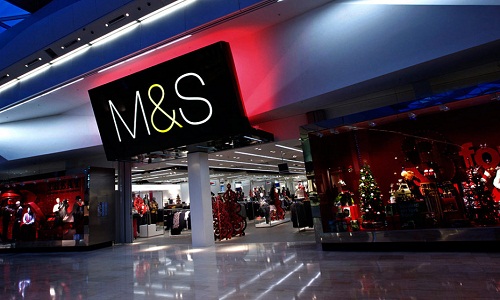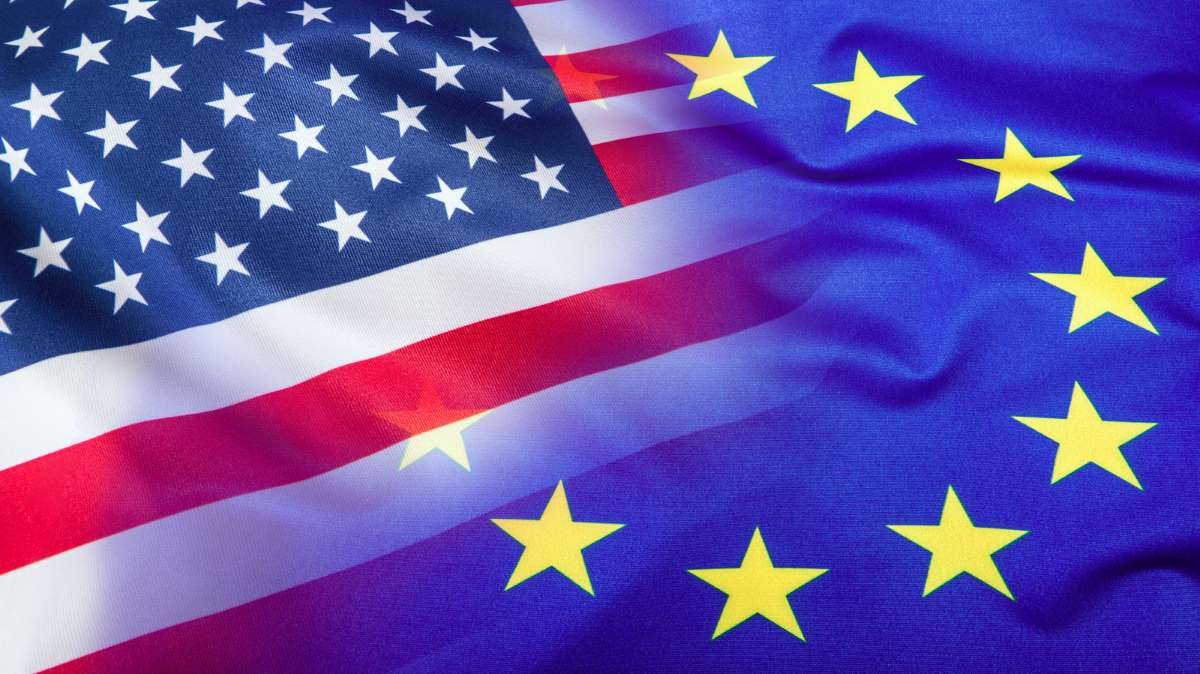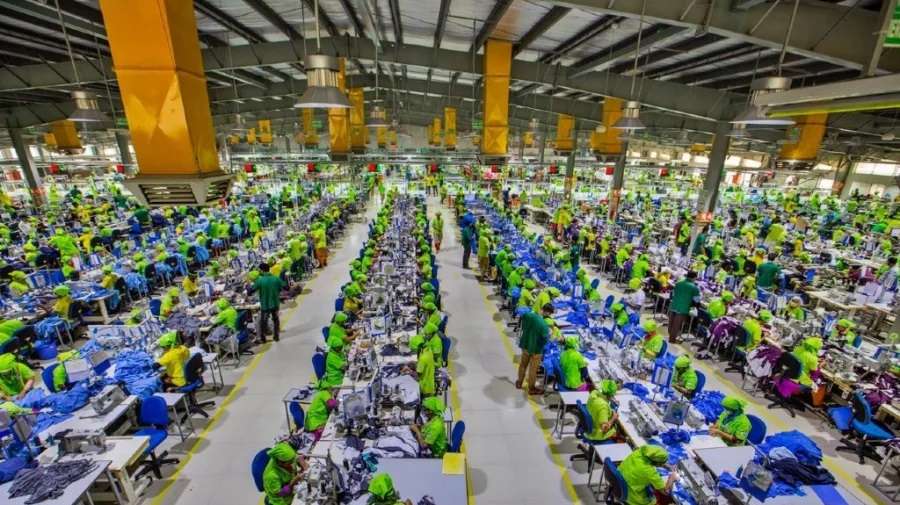"In the highly competitive landscape transforming an unsustainable global supply chain is extremely challenging. But this can be achieved if competitors become colleagues and mentors to garner progress in the long run. It’s the power of collective action that can transform the entire textile and apparel landscape. The same phenomenon was witnessed recently in New York City as environmental nonprofit Canopy, along with H&M, Zara, Stella McCartney, Marks & Spencer and Eileen Fisher, came together along with 87 global fashion brands and retailers to strategies conservation solutions for the world’s endangered forests."

In the highly competitive landscape transforming an unsustainable global supply chain is extremely challenging. But this can be achieved if competitors become colleagues and mentors to garner progress in the long run. It’s the power of collective action that can transform the entire textile and apparel landscape. The same phenomenon was witnessed recently in New York City as environmental nonprofit Canopy, along with H&M, Zara, Stella McCartney, Marks & Spencer and Eileen Fisher, came together along with 87 global fashion brands and retailers to strategies conservation solutions for the world’s endangered forests.
Connecting the dots

The immensely popular fabric rayon (otherwise known as viscose, modal or lyocell) has become a major driver of logging globally, with more than 120 million trees disappearing into the fabric annually. According to Giles Bolton, Responsible Sourcing Director, Tesco, going by consumers’ demand for eco-friendly clothing in the most affordable range, we need to save on forests and preserve natural wealth. For this to happen, companies must come forward to create a shift in the global fiber supply and ensure it becomes free of ancient forests. With a shared 2017 deadline to end the use of endangered forests in fabrics fast approaching, the campaign has gained strong momentum.
Here are five key reflections from the summit on companies’ collective efforts:
Success linked to being together
The power of collaboration is shifting the rayon supply chain at almost record pace. Three years since its launch, CanopyStyle has 68 apparel brands and designers committed towards eliminating use of fabrics containing endangered forests. This phenomenon has forced producers, representing 70 per cent of global rayon production, to work with Canopy, and kick-start innovative solutions as well as build lasting conservation solutions for forests. As an NGO, Canopy is conscious of the business adage ‘the customer is always right’.
Setting a stronger foundation
Every movement starts with a spark. And in this movement, the CanopyStyle Leaders’ Working Group has set the fire of this industry-wide shift ablaze. H&M, Stella McCartney, EILEEN FISHER, Marks & Spencer and Inditex/Zara already work closely with Canopy on strategic planning, implementing ideas, influencing forest conservation on the ground and setting the pace for the sector. With the support of this cadre of brands, Canopy has been able to catch the attention of viscose producers and motivate them to embark upon a path of similarly ambitious environmental commitments.
Creating awareness of the unknown

Connecting the complex rayon supply chain to a specific place and community, enables brand representatives to analyses as to how big the price tag associated with sourcing can be and how well positioned they are to help advance change on the ground. In this regard, Boreal is one of the most important, intact forests remaining on the planet, which plays a vital role in mitigating climate change, provides copious fresh water and acts as the nursery for billions of birds every year. The Boreal is also a landscape where there is going to be a significant increase in logging for rayon production over the coming decade.
Projecting the data
Canopy has developed systems and tools to support brand representatives. One such tool was The Hot Button Issue (PDF), a report ranking the world’s largest viscose producers. This detailed report helps brands to make the most informed decision about where to source rayon as well as track rayon producers’ progress. Feedback from the Summit will also help Canopy in developing the next generation of tools and it became clear that public profile and communications about the issue and initiative will become a priority in 2017 and beyond.
Building markets for GenX fabrics
Building markets for next gen fabrics that support global economy and advancing conservation legacies in priority forest landscapes are key elements of Canopy’s work with the fashion sector. While brands focus on reversing the adverse impacts of their viscose supply chain, they also contribute to conservation legacies in Landscapes of Hope such as the Great Bear Rainforest and systemic solutions that will see textiles produced from waste fabrics.
Additionally, fun and quirky awareness campaigns such as Stella McCartney’s deforestation videos engage people on serious issues. Envisioning the ‘Art of the Possible’ and having fun with it is key to ensure that the movement continues to build and that ultimately, ultimately being stylish doesn’t have to harm the earth.












